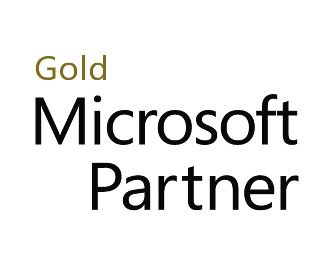Asset tracking solutions that take advantage of automatic identification technology, such as RFID and barcodes, can do more than just help you locate and inventory your assets. These solutions can also drive waste out of your business and support lean operations initiatives. Here are six ways asset tracking can reduce waste:
Saving Time: With automated RFID asset tracking, workers no longer have to search for hours to locate a single asset– whether it be a tool in a factory, an IV pump at a large hospital or a computer server in a data center. Time wasted walking through a facility trying to find a piece of equipment is a guaranteed productivity killer. With asset tracking in place, staff can log in to a computer and find what they need, when they need it, in seconds.
More Efficient Workflows: With real-time asset tracking, companies can easily see how items are used throughout their operations, and how often. Asset data can also be used to map workflows across the company, depending on the application. This can help identify bottlenecks or inefficient workflows and uncover opportunities to improve productivity. Assets that sit idle in a certain work area or department aren’t generating revenue; tracking information can help improve use and efficiency.
Reduced Capital Expenditures: Asset tracking doesn’t just tell you where your assets are; it also lets you know how many assets there are and how often they are being used. By accurately tracking usage, companies can improve asset utilization and avoid unnecessary expenditures. Idle assets can be redeployed at other locations or disposed of, and companies can delay or reduce new equipment purchases if they can show that the current asset fleet is underutilized.
Reduced Paperwork: As assets move from one place to another – or from one employee to another – they often generate a trail of paperwork that has to be maintained as part of a manual tracking process. Using barcode or RFID scanning to check items in and out of a facility eliminates these redundant processes. Operations employees also waste less time on paperwork, which means they can be more productive, and administrative staff members no longer have to file, manage, and store the forms.
Inventory Efficiency: Taking inventory manually is a time-consuming and error-prone process. With a real-time asset tracking solution, companies can account for every piece of equipment, every vehicle, and every computer, which makes it much easier for every department — from maintenance to accounting — to find out the current status of the equipment.
In the supply chain, tracking transportation assets and containers can provide real-time visibility to manufacturing operations, letting them know the status of incoming raw materials and outgoing products, which can reduce over or under-production.
You can’t improve what you can’t measure, and real-time asset tracking systems provide a reliable, systematic way to measure and manage any type of asset fleet. Armed with the data generated by these solutions, companies can reduce waste, boost productivity, and create an accurate asset record that can be leveraged across the company.
Also read – Benefits of RFID Asset Tracking in the Supply Chain





